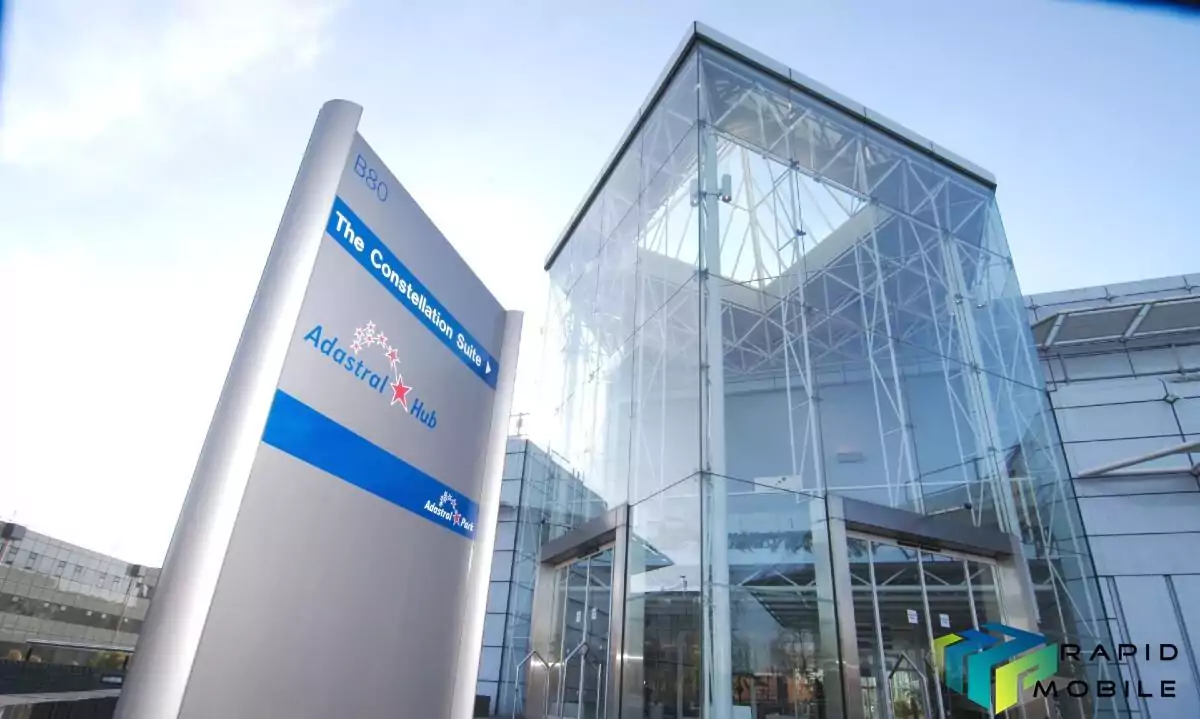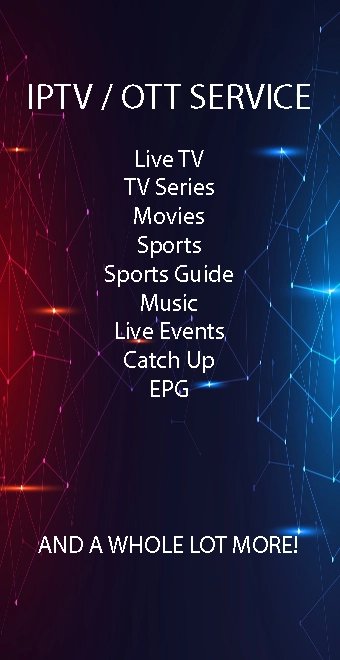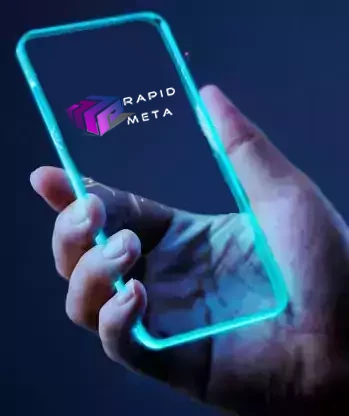BT has begun trials of a new type of optical fibre – hollow core fibre – at the BT Labs in Adastral Park, Ipswich, in a collaborative project with Lumenisity, a Southampton University spin out company, and Open Radio Access Network (O-RAN) mobile vendor Mavenir.
BT researchers are conducting the trials at BT’s research and engineering campus, using a 10-kilometre-long hollow core fibre cable provided by Lumenisity; this new type of network cable has a hollow, air filled centre that runs the entire length of the cable. It will be used to test a variety of use cases, including potential benefits for 5G networks and ultra-secure communications, like Quantum Key Distribution (QKD).
Networks across the world currently run on single-mode optical fibre, pioneered at Adastral Park, which consists of solid strands of glass. The glass in these cables quickly carries information over long distances by channelling light from laser transmitters through the glass strands. However, the nature of glass means that this light travels marginally slower inside the fibre than it would in air.
Professor Andrew Lord, BT’s Head of Optical Network Research, said:
“We’re excited to begin trialling hollow core fibre and to discover the potential opportunities and benefits of deploying this technology in certain scenarios.
This new type of fibre cable could play an important role in the future of the world’s communications infrastructure, heralding a step-change in capability and speed, to keep up with the demands for high-speed, low latency communications driven by 5G networks, streaming, and more.”
Research into hollow core fibre presents an opportunity to explore how the capabilities of optical fibre can be enhanced in future, with the potential to reduce the latency, or signal delay, caused by the light travelling through glass, by up to 50%. This new fibre has an air-filled central core, with an outer ring of glass, to guide the laser beam whilst maintaining the signal speed at very close to the ultimate speed of light.
The reduction in the delay of the light provided by hollow core fibre would enable a variety of benefits, from high-frequency trading to lowering mobile network costs. Working with Mavenir, BT has shown that using hollow core fibre can increase the distance between street antennas and the back-end processing in exchanges. Due to the low latencies, use of hollow core in the Radio Access Network (RAN) could potentially reduce mobile network costs by allowing more 5G antennas to be served from one exchange or cabinet.
Hollow Core Fibre
Conventional fibre optics guide light through solid glass cores that are extremely transparent. The clearest fibers have loss as low as 0.142 decibel per kilometre. Which means that more than one percent of input light remains after a hundred kilometres. Yet solid glass fibres cannot carry very high powers, particularly in short pulses, limiting their use for applications including delivering intense light for laser machining.
Mike Fake, Lumenisity’s Director responsible for Product Management, said:
“Lumenisity is delighted to be the supplier of field deployable CoreSmart hollowcore cable for these trials with BT. This is further evidence of the impact our unique low loss, high performing cables can have on the networks operated by our carrier partners.”




